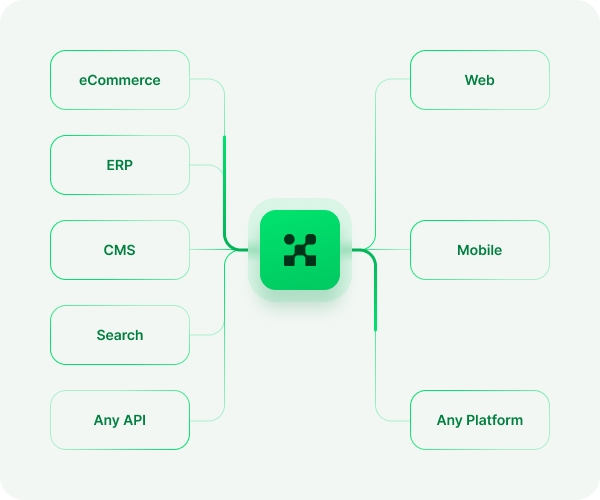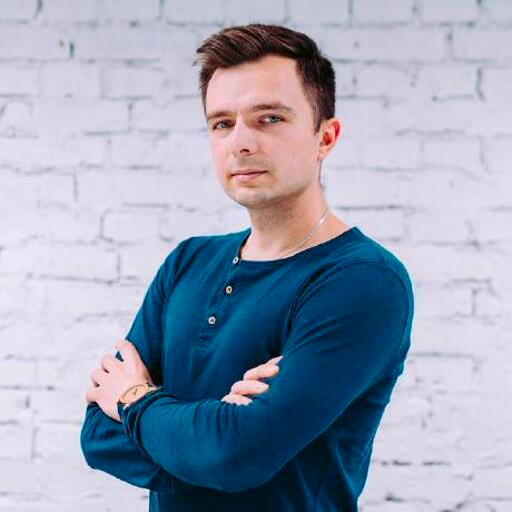What is the first thing you do these days to learn what a new term means?
You can either use web search or ask ChatGPT. Actually, this whole blog post could be written by ChatGPT, but I’m a boomer so I just want to add more valuable insights.
orchestration [ awr-kuh-strey-shuhn ]
noun
> the composition or arrangement of music for performance by a band or orchestra, or the music so composed or arranged:
Holst's iconic musical portrayal of the planets and their astrological significance delights audiences with its rich orchestration and memorable melodies.
> the instruments used in such a composition or arrangement; instrumentation:
Handel's original orchestration was for strings and continuo with occasional trumpets and drums.
> the plans or planning necessary to arrange something or cause something to happen:
The book chronicles the Empress Dowager’s selection as a concubine and her orchestration of the coup that made her the de facto ruler of China.
> Computers. An automated series of processes to configure, coordinate, or manage computer systems, data, or software:
A successful cloud strategy requires orchestration of on-demand provisioning processes and coordination of cloud resources.
And here’s what ChatGPT has to say about it:
Data orchestration is the automated process of managing, organizing, and coordinating data flows across various systems, platforms, and tools to ensure that data is collected, processed, and delivered efficiently. It involves the integration of different data sources, the execution of complex workflows, and the automation of data movement and transformation tasks to ensure that data is available where and when it's needed.
Be careful not to confuse data orchestration with data integration, though!
Okay, this should give you some basic understanding of what data orchestration is. Now, we just need to put it in the context of composable commerce and give some specific examples.
How does data orchestration work in ecommerce?
In composable commerce, data orchestration usually comes down to coordinating data between your ecommerce platform, your content management system, and your customer relationship management system to ensure they all have the most up-to-date and consistent information.

Here’s a list of systems/platforms across which we orchestrate data in ecommerce:
Product Information Management (PIM) - e.g. Akeneo, Pimcore;
Order Management System (OMS) - e.g. SAP Commerce Cloud, commercetools;
Content Management System (CMS) - e.g. Contentful, Amplience;
Analytics - e.g. Google Analytics, Adobe Experience Manager;
Digital Assets Management (DAM) - e.g. Cloudinary, Aprimo;
Personalization - e.g. Dynamic Yield;
Customer Relations Management (CRM) - e.g. Salesforce, Hubspot;
Enterprise Resource Planning (ERP) - e.g. SAP S/4HANA, Oracle ERP Cloud;
Search Engines - e.g. Apache Solr, Coveo, Algolia;
Promotions/Voucher service - e.g. Voucherify, Talon.one;
Customer Support - e.g. Zendesk, Freshdesk.
That’s a long list, isn’t it? Of course, you won’t be using all of them at once, and, often, some of them will be packaged into one platform (for example, Alokai allows you to integrate with most of them). But you can see that potential orchestration scenarios are nearly endless.
Data orchestration in ecommerce examples
Let’s take a look at some examples of when data orchestration comes in handy.
Product availability
Product specification is kept in the PIM system but the product availability is calculated by the ERP system. The storefront is supposed to display the information from both. To achieve this, the orchestration layer has to:
Obtain product information from PIM;
Reach out to ERP for product availability;
Merge the data in a way that is convenient for the frontend.
Personalized pricing
The pricing is based on the group that a given customer belongs to. Information about user groups resides in the IAM system. To display personalized prices on the storefront the orchestration layer has to:
Obtain product information from the PIM system;
Obtain information about the user group from the IAM system;
Based on that, request pricing information from ecommerce;
Combine pricing data with product information.
Promotions
The promotions engine calculates promotions based on cart contents and user information. To display eligible promotions the orchestration layer has to:
Obtain cart information from the ecommerce system;
Obtain user information from the IAM system;
Send that data to the promotions engine to retrieve eligible promotions.
Add-to-cart and personalized search
The search engine returns results based on the user’s previous actions. For instance when a user adds a product to the cart the orchestration layer has to:
Obtain product details from the PIM system;
Add product to cart in the ecommerce system;
Send information about the add-to-cart event to the search engine along with product information;
In the next search, the search engine will return results based on the acquired data.
These are just a few sample scenarios that show how much complexity the orchestration layer lifts from other systems. What is more, real-life scenarios might be much more sophisticated than these examples.
How Alokai supports data orchestration
Alokai Connect is essentially the orchestration layer. It lets you not only use our out-of-the-box integrations with various systems but also allows you to orchestrate data across them.

Other solutions on the market tend to put orchestration logic either into:
The storefront, which hurts the performance;
Or the ecommerce platform, which makes other systems tightly coupled to it.
Having orchestration as a distinct layer ensures that all systems are treated with equal importance and they focus on their main purpose. This conforms to good old programming best practice called the Single Responsibility Principle (SRP), which says that a software entity should be responsible for doing only one thing (and to it well).
See it for yourself – schedule a free demo with us!













